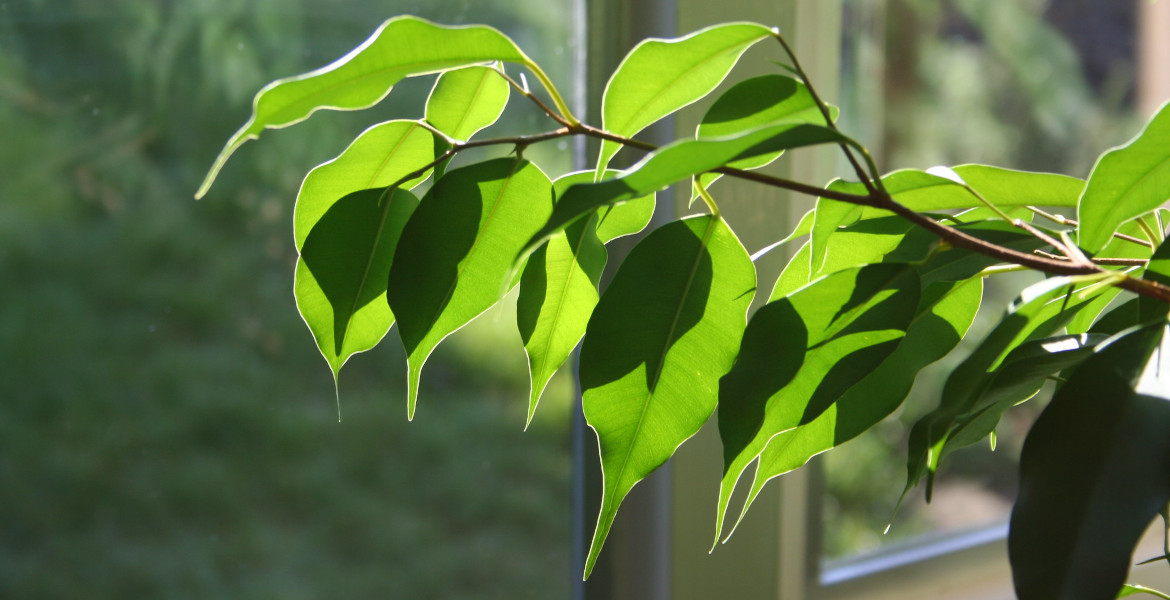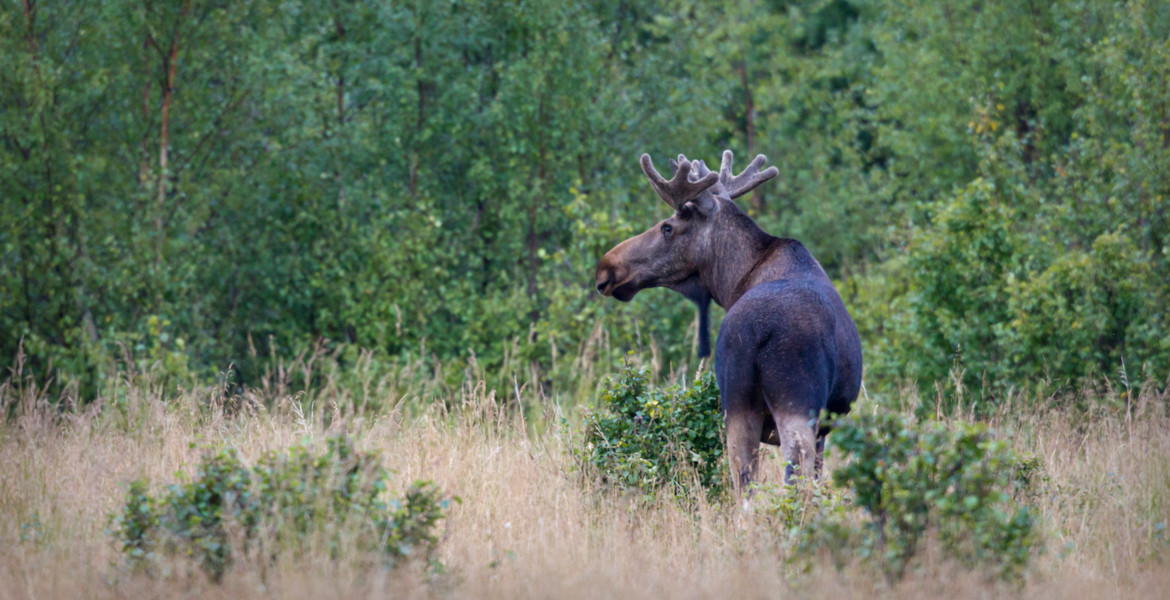Australian scientists have developed a new method of satellite technology to detect plastic litter on beaches, and the technique has already been successfully tested on a remote stretch of coastline.
Plastic pollution in the oceans is a growing problem, ranging from drifts of plastic bottles and bags to giant garbage islands like the Great Pacific Garbage Patch, three times the size of France. Satellite technology is currently used to track large amounts of plastic in the ocean, but the technique is less effective on beaches where plastic debris is mixed in with the sand.
Now, researchers at RMIT University in Australia have developed a new method to better identify plastic debris on beaches. In a study published in Marine Pollution Bulletin, the method has been tested on a remote stretch of coastline.
The researchers used the Beached Plastic Debris Index (BPDI), a so-called spectral index, which is essentially a mathematical formula that sorts patterns of reflected light collected by satellites as they pass over an area. The method was adapted to map plastic debris on beaches using high-resolution data from the WorldView-3 satellite, which orbits 617 km above the Earth's surface.
"Incredibly exciting"
To test the accuracy of the method, 14 plastic targets, each about two square meters in size, were placed on a beach in South Gippsland, Victoria. Each target was made from a different type of plastic and was smaller than the satellite pixel size of about 3 square meters. The results from the BPDI index outperformed three other established indices, which had difficulty distinguishing plastic from shadows and water.
– This is incredibly exciting, as up to now we have not had a tool for detecting plastics in coastal environments from space, said Dr. Mariela Soto-Berelov, who co-authored the study, in a press release.
Dr. Jenna Guffogg, the study's lead author, argues that plastic on beaches can have serious consequences for wildlife and their habitats, just as it has in open waters.
– Plastics can be mistaken for food, larger animals become entangled and smaller ones, like hermit crabs, become trapped inside items such as plastic containers, she says.
Guffogg adds that if the plastics are not removed, they will inevitably fragment further into micro- and nanoplastics.
– While the impacts of these ocean plastics on the environment, fishing and tourism are well documented, methods for measuring the exact scale of the issue or targeting clean-up operations, sometimes most needed in remote locations, have been held back by technological limitations, she says.












